A well-maintained lawnmower is essential for keeping your lawn neat and healthy. For many homeowners, electric mowers—especially those powered by rechargeable batteries—are a go-to choice due to their efficiency, lower maintenance requirements, and eco-friendliness compared to gas-powered models. However, like any rechargeable device, the battery in your lawnmower will eventually wear out. Extending its lifespan not only ensures your mower works when you need it most but can also save you money in the long run.
To help you get the most out of your lawnmower’s battery, here are 10 essential tips to maximize its life and keep your mower running smoothly.
Tip 1: Charge Your Battery Properly
One of the most critical factors in extending your lawnmower battery life is how you charge it. Proper charging practices can make a huge difference in how long your battery lasts and how efficiently it performs.
Avoid Overcharging: Many modern lawnmowers are equipped with automatic shut-off systems to prevent overcharging. However, it’s still a good practice to unplug your mower as soon as it’s fully charged. Overcharging can cause excessive heat, which may degrade the battery cells over time.
Avoid Undercharging: Similarly, don’t let your mower’s battery drop to zero frequently. Lithium-ion batteries, which are commonly used in electric lawnmowers, perform best when kept between 20% and 80% charged. Letting the battery fully drain can reduce its capacity, so try to charge it before it gets too low.
Use the Right Charger: Always use the charger that came with your lawnmower, as it’s designed specifically for that battery type. Using a third-party charger might not provide the correct voltage or current, which can result in poor charging or even battery damage.
By following these charging practices, you’ll help maintain the health of your battery and extend its life over time.
Looking for high-quality replacement parts for your lawnmower? Explore our extensive selection at WholeToolBox, including mower batteries, blades, charging cords, motors, wheels, and more, to keep your lawnmower running smoothly and efficiently. Shop now for all your lawn care needs!
Tip 2: Store Your Battery Correctly
When your lawnmower is not in use, proper storage of both the mower and its battery is crucial. Storing the battery incorrectly can lead to significant deterioration of its lifespan. Here are some tips to ensure that your battery is stored safely and efficiently:
Temperature Control: Avoid exposing your battery to extreme temperatures. Both high and low temperatures can harm the internal structure of the battery. For instance, storing it in a hot garage or in direct sunlight can cause overheating, while storing it in freezing conditions can reduce its ability to hold a charge. Ideally, keep your battery in a cool, dry place with temperatures between 50°F and 70°F.
Partially Charged: If you plan to store your lawnmower for an extended period, such as during the off-season, it’s important to store the battery with a partial charge. A good rule of thumb is to keep the charge level at around 40-60%. Storing the battery at full charge or completely drained can shorten its life.
Disconnect the Battery: If you won’t be using the mower for a while, it’s a good idea to disconnect the battery. This helps prevent the battery from slowly discharging while stored, which could lead to an irreversible drop in capacity.
By storing your battery properly, you’ll preserve its efficiency and ensure it’s ready to go when you need it.
Tip 3: Keep the Battery Clean
Just like the rest of your lawnmower, the battery should be kept clean and free from dirt, debris, and moisture. Dirt and moisture can create a build-up on the battery terminals, which can interfere with the charging process and reduce the battery’s overall performance.
Clean the Terminals: Use a clean, dry cloth to wipe down the battery terminals and connectors. If you notice any corrosion, you can clean it using a mixture of baking soda and water. Just be sure to dry the terminals thoroughly afterward to avoid any electrical issues.
Avoid Water Exposure: Although lawnmowers are designed to withstand outdoor use, try to avoid exposing the battery to direct water sources like sprinklers or heavy rain. Excess moisture can cause damage to the battery and its connections, potentially leading to malfunction.
By keeping the battery clean, you’ll help maintain good contact between the terminals and ensure that the mower operates at its peak.
Tip 4: Avoid Excessive Use
While it might be tempting to power through a lawn-mowing session without taking breaks, excessive use can overheat your battery and decrease its overall lifespan. It’s essential to allow your mower to rest periodically, especially if you’re tackling a large lawn.
Take Breaks: If you’re mowing for a long period, take short breaks to let the battery cool down. This helps prevent overheating, which can cause the battery to degrade faster.
Don’t Push the Battery to Its Limits: Avoid mowing on thick, dense grass if your mower isn’t equipped to handle such conditions. Pushing your mower too hard not only strains the motor but also uses up more battery power than necessary.
Use Smart Cutting Patterns: Try to mow your lawn in smaller sections. This allows your battery to work more efficiently and prevents it from working overtime.
By using your mower efficiently and avoiding unnecessary strain, you’ll help maintain the health of the battery over time.
Tip 5: Regularly Maintain the Mower’s Components
The condition of your lawnmower’s other components can affect how well the battery performs. Regular maintenance of the blades, wheels, and motor can help reduce battery consumption and improve overall performance.
Sharpen the Blades: Dull blades require more power to cut grass, putting extra strain on the battery. Make sure to regularly sharpen the blades or replace them if they become too worn.
Check for Obstructions: Ensure that the mower’s deck and wheels are free from debris. Grass clippings, twigs, and leaves can get caught in the mower, causing it to work harder and drain the battery faster.
Keep the Motor Clean: Just like the battery, the motor should be kept free from dirt and dust. Clean the air vents regularly to ensure proper airflow and prevent overheating.
By taking care of the entire mower, you help ensure that the battery isn’t working harder than it needs to.
Also read on: Lawn Mower Repair Cost Complete Pricing Breakdown
Tip 6: Upgrade to a Higher-Capacity Battery
If you find that you’re constantly running out of battery power mid-mow, consider upgrading to a higher-capacity battery. Many electric lawnmowers are compatible with different battery options, and upgrading to one with a longer runtime can help reduce the frequency of recharges.
Check Compatibility: Make sure that any new battery you purchase is compatible with your specific lawnmower model. Some mowers may offer proprietary batteries, so it’s best to stick with those brands.
Evaluate Your Needs: If you have a large lawn or find that your mower frequently runs out of battery before finishing, a higher-capacity battery could be a worthwhile investment.
An upgraded battery can make a big difference in performance, especially for larger lawns or more frequent mowing.
Tip 7: Avoid Full Discharge
It may seem like a good idea to let your battery completely discharge before recharging, but this practice can actually shorten the battery’s lifespan.
Charge Before It Reaches Zero: Lithium-ion batteries, which are commonly used in lawnmowers, last longer when they’re not fully discharged. Try to charge the battery when it’s around 20-30% capacity to help maintain its health.
Don’t Store a Fully Drained Battery: As mentioned earlier, storing a completely drained battery can cause irreversible damage. Always store it with some charge remaining.
By avoiding full discharges, you can preserve the battery’s health and extend its longevity.
Tip 8: Use Energy-Saving Features
Many modern electric lawnmowers come equipped with energy-saving features designed to help optimize battery usage. Make sure you’re taking full advantage of these settings to maximize efficiency.
Eco Mode: Some lawnmowers have an "eco" mode that reduces power consumption when cutting less demanding grass. If your mower has this feature, be sure to use it during lighter tasks to save battery life.
Variable Speed Settings: If your mower offers variable speed settings, try adjusting the speed to suit the grass type and cutting conditions. Lower speeds use less energy, especially when mowing softer or thinner grass.
By using your mower’s energy-saving features, you can get more runtime out of your battery while keeping your lawn looking great.
Tip 9: Monitor Battery Health
Just like other devices, your lawnmower’s battery will show signs of wear over time. Regularly checking the health of your battery can help you identify any issues early before they become more significant problems.
Battery Indicator: Many electric lawnmowers come with a battery indicator that shows the charge level and alerts you when the battery is nearing the end of its life. Pay attention to these indicators to avoid running out of power unexpectedly.
Replace When Necessary: If you notice a significant drop in battery performance, such as not holding a charge or draining quickly, it might be time to replace the battery. Some mowers have replaceable batteries, while others may require you to replace the entire unit.
By keeping an eye on your battery’s health, you’ll know when it’s time to take action and either recharge or replace the battery.
Tip 10: Follow Manufacturer’s Guidelines
Each lawnmower is different, and following the manufacturer's guidelines for battery maintenance is essential. These guidelines will give you specific instructions on how to best care for your mower’s battery.
Consult the Manual: Always refer to the user manual for specific maintenance tips, storage instructions, and charging practices.
Warranty Considerations: If your mower is still under warranty, make sure to follow the manufacturer's recommendations to avoid voiding the warranty.
By adhering to the manufacturer's guidelines, you’ll ensure that your mower operates efficiently and that you get the longest possible lifespan out of its battery.
Check out: Common Lawn Mower Belt Problems and Their Solutions
Conclusion
Extending the life of your lawnmower’s battery requires a combination of good practices, maintenance, and understanding the limitations of your specific model. By charging your battery properly, storing it correctly, and using your mower efficiently, you can ensure that your lawnmower performs at its best season after season. Remember, with proper care, your lawnmower’s battery will keep your yard looking great without the need for constant replacements.
FAQs
How long should a lawn mower battery last?
A lawnmower battery typically lasts 3 to 5 years, depending on usage and proper maintenance.
Should I leave my lawn mower battery on the charger?
It's best not to leave the battery on the charger for extended periods to avoid overcharging; unplug it once fully charged.

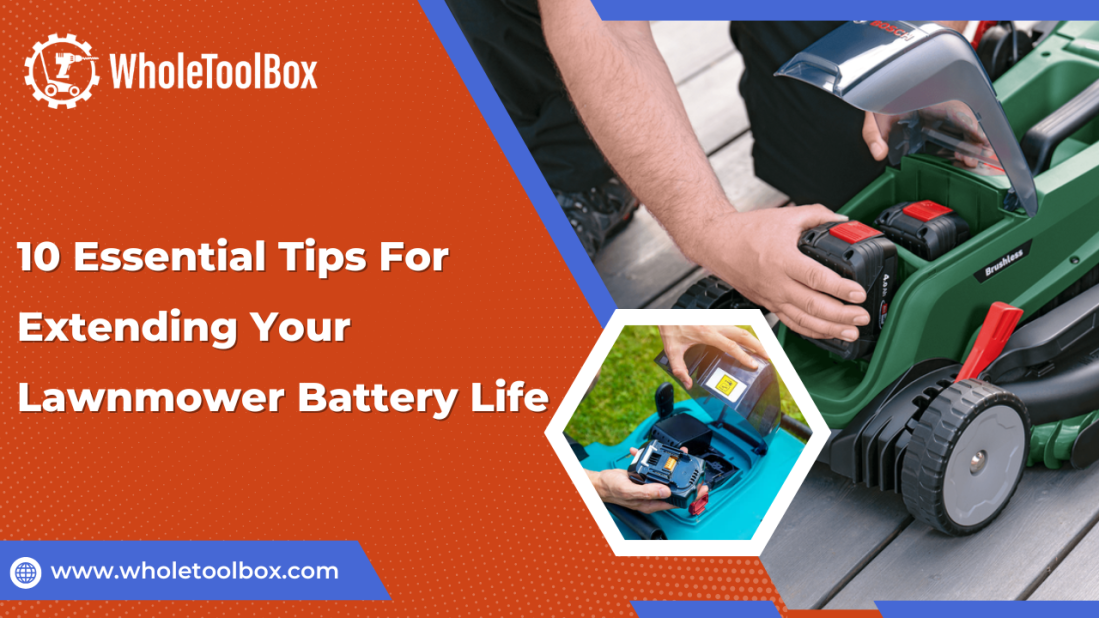
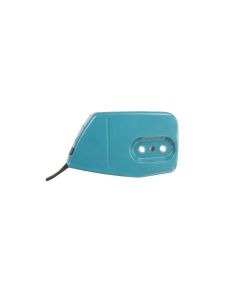

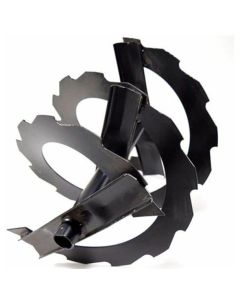
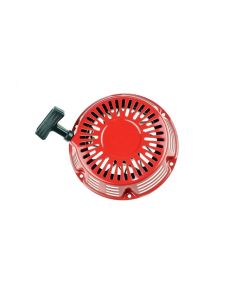
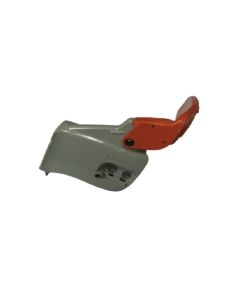



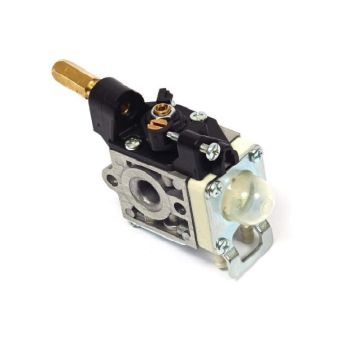
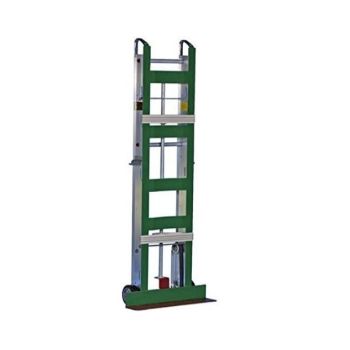

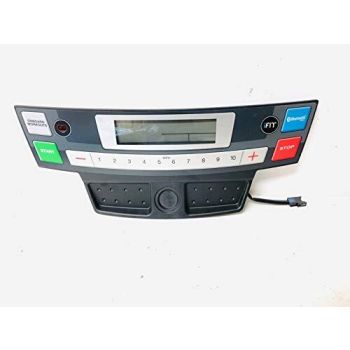


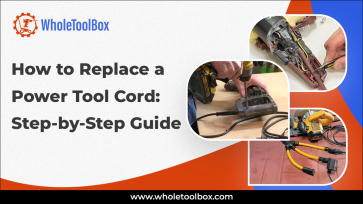


Validate your login